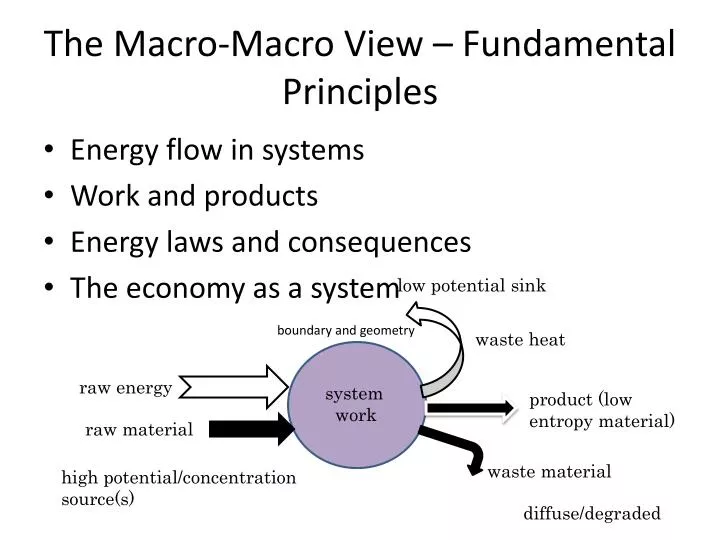

and participating countries' central banks Central Bank Liquidity Swaps: Established swap lines for central banks from select countries to improve liquidity conditions in the U.S.Term Deposit Facility: Reserve deposits with a term, used to drain reserves from the banking system.

Overnight Repurchase Agreement Facility: A supplementary tool used to help control the federal funds rate by selling securities and repurchasing them the next day at a more favorable rate.Interest on Reserve Balances: Encourages banks to hold reserves for liquidity and pays them interest for doing so.Reserve Requirements: Maintaining a reserve to help banks maintain liquidity-reduced to 0% in 2020.Discount Window and Rate: Lending to depository institutions to help banks manage liquidity.Open Market Operations: Purchase and sell securities on the open market to change the supply of reserves.Federal Funds Rate Range: A target range set by the Fed that guides interest rates on overnight lending between depository institutions to boost short-term borrowing.Special indicators: All other economic indicators, such as distribution of personal income, global value chains, healthcare spending, small business well-being, and more.Government indicators: Shows how much the government spends and receives.Employment indicators: Shows employment by industry, state, county, and other areas.Investment in Fixed Assets indicators: Indicate how much capital is tied up in fixed assets.Prices and Inflation indicators: Indicate fluctuations in prices paid for goods and services and changes in currency purchasing power.International Trade and Investment indicators: Indicates the balance of payments between trade partners, how much is traded, and how much is invested internationally.Industry Performance indicators: Measures GDP by industry.Income and Savings indicators: Measures how much consumers make and save.Consumer Spending indicators: Measure how much capital consumers feed back into the economy.Gross Domestic Product indicators: Measure how much the economy produces.Replacing saturated fats and trans fats in the diet with unsaturated fats has been shown to decrease the risk of developing heart disease. Trans fats – found in commercially produced baked goods, snack foods, fast foods and some margarines.Unsaturated fat – found in foods like olive oil, avocados, nuts and canola oil (plant sources).Saturated fat – found in foods like meat, butter and cream (animal sources).provide foods with flavour and texture.assist with absorption of the fat-soluble vitamins A, D, E and K and carotenoids.

supply fatty acids that the body needs but cannot make (such as omega-3).In addition to supplying energy, fats are needed to: It is recommended that 20–35% of our daily energy requirement should be supplied through the consumption of fats and oils. Why do we need fats?Īlthough fats have received a bad reputation in relation to heart disease and weight gain, some fat in the diet is essential for health and wellbeing. However, by eating a variety of plant sources, the essential amino acids can be supplied. Protein in the diet that comes from animal sources contains all of the essential amino acids needed, whereas plant sources of protein do not. The other amino acids can be synthesised by the liver if not provided by the diet. Eight of these amino acids are described as ‘essential’, which means that the food we eat must contain proteins capable of supplying them. As starting materials in the production of other compounds needed by the body.Īll the proteins in the body are made up of arrangements of up to 20 different amino acids.As ‘building blocks’ in the production of ‘new’ proteins needed for growth and repair of tissues, making essential hormones and enzymes and supporting immune function.The body can then use these amino acids in 3 main ways: The proteins we consume as part of our diet are broken down in the gut to amino acids. It is often referred to as ‘dietary fibre Why do we need proteins?

Although unable to be used as an energy source, this type of carbohydrate plays a very important role in maintaining the health of the large intestine and assisting with the removal of body waste. For example, cellulose is a non-digestible carbohydrate present in fruits and vegetables. Not all of the carbohydrates found in foods are digestible.


 0 kommentar(er)
0 kommentar(er)
